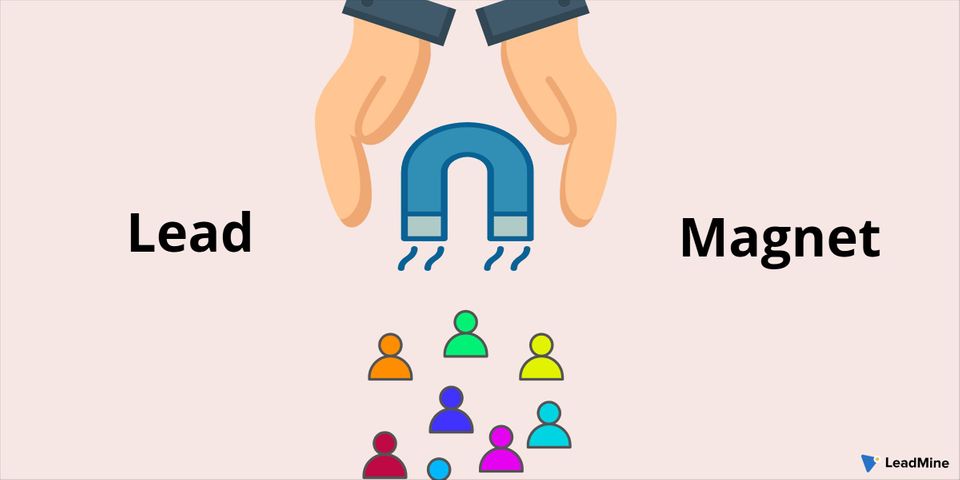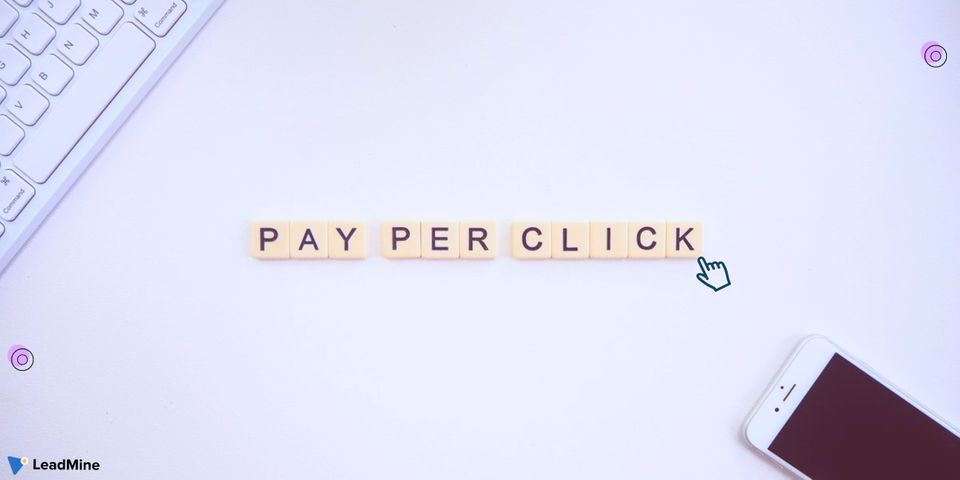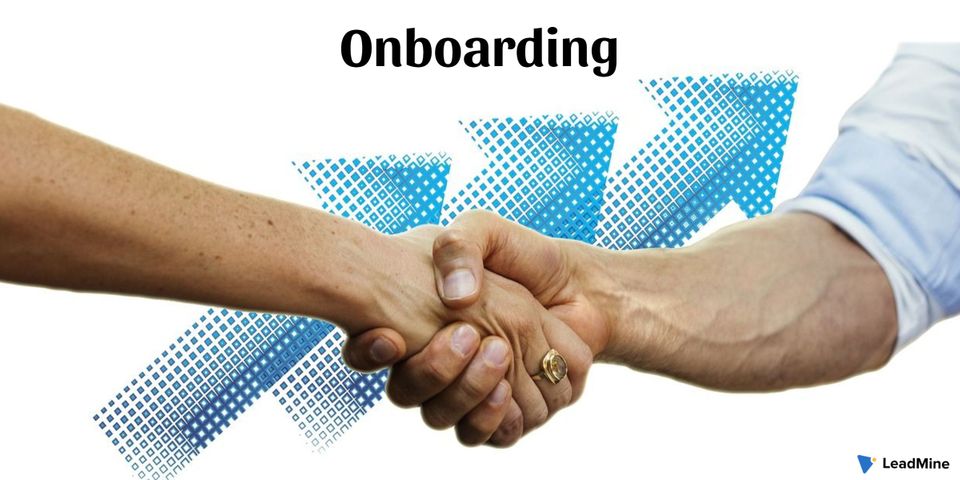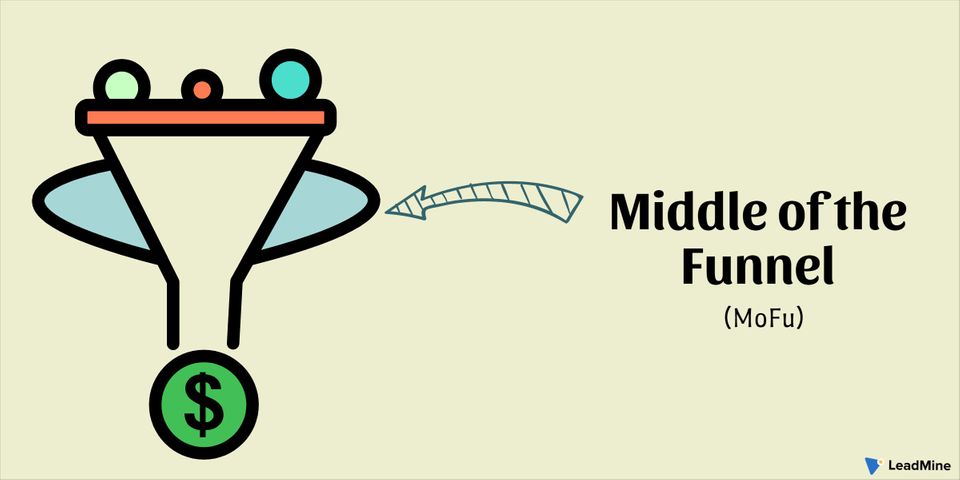A lead magnet is something that "sits on the other side of" an opt-in shape, waiting to be activated. This is the polar opposite of ambiguous promises to subscribe to a newsletter and receive undefined content at an undefined time.
We will cover the following:
- What is Lead Magnet?
- Common Types of Lead Magnets
- Why Your Business Need Lead Magnet?
- How to Create Effective Lead Magnet?
- Conclusion
What is Lead Magnet? 🧲
A lead magnet is a free offer that you give away in return for someone's email address (and possibly additional information). Signup discounts, Signup rewards, Freemiums, Content updates, and a variety of other words are all used to describe lead magnets. They're described as "an irresistible bribe" by one well-known digital marketer.
To me, it sounds seedy. Lead magnets are legal and have long been a valuable weapon in the marketer's toolbox. They're particularly valuable in the digital age because we can respond to a reader's request almost immediately.
A lead magnet's aim is to entice people who are reading your content to join your email list. With lead nurturing strategies, such as email, you'll try to turn them into customers in the future. Offering lead magnets is an important component of the content marketing formula for cultivating a more loyal audience and, as a result, effectively growing your brand.
Why Your Business Need Lead Magnet? 😣
If you have a merchant website, you'll need to generate leads online, and lead magnets are crucial for doing so.
Sending e-mails to potential customers is a good way to create leads that will become buyers in the future. However, since it is personal, a prospect does not want to share their e-mail addresses unless there is an opportunity or an influencing factor. In this case, lead magnets may be used to entice leads to share their e-mail addresses.
A marketer may use a blog post to persuade potential customers to share their email addresses. Readers may be invited to join your e-mail list for ‘updates' on a specific issue or a variety of issues related to your company at the end of a blog post. Or you could ask readers to sign up for an e-mail list in order to obtain a free downloadable PDF "case study" with real-life examples of a strategy's effectiveness.
Marketers assume that the second approach would generate the most e-mail sign-ups for a business.
Common Types of Lead Magnets 🤓
- Reports or Guides
One of the most popular types of lead magnets is guides or reports. One of the most common methods for getting people to share their information is through industry reports. - eBooks
We've all exchanged our email addresses in exchange for a free eBook at some point. Companies usually aim to market courses in the form of eBooks or activity tips and tricks. It's one of the most efficient methods for attracting new subscribers and expanding the email list. - Printable Cheat Sheets
Cheat sheets are similar to reports, but they are usually just one page long. It expresses itself in a logical manner. These are usually distributed in the form of checklists or blueprints.
A guide for optimizing your blog post for search engines. It's an excellent lead magnet. - Case Studies
Customers have become more demanding in terms of evidence in recent years, as more information has become accessible. Customers are spending more time reading peer reviews, consumer success stories, and other online content as the internet has grown.
By presenting consumers' interactions and demonstrating actual outcomes, case studies serve as social evidence. - Lists of Resources or a Toolkit
These toolkit and resource lists serve as excellent lead magnets because they grab the user's attention.
Educators also distribute free toolkits that provide a summary of the process and strategies for assisting users in turning their concepts into designs. Similarly, several DIY kits for making craft items are available. - Video Training
Visuals are a simple way to capture the attention of your visitors. As a result, many businesses are now using video visuals as lead magnets.
For example, SaaS companies can use a short demo video to demonstrate how their tool works to their audience. This video entices users to download the free trial and give the product a proper try.
How to Create Effective Lead Magnet? 🧐
You might hire a marketer to produce "lead magnets," but you might not see a spike in the number of leads. What is the reason for this?

It occurs when a marketer does not put in any effort or thought into creating Lead Magnets. It is possible to create successful Lead Magnets by following the steps below:
Step 1: Choosing a Buyer Persona 👥
The primary goal of making the "lead magnets" is to draw as many potential customers as possible. However, it is important for a marketer to use lead magnets that can influence a company's target customers.
As a result, identifying the buyer's persona is the first step in producing lead magnets. When it comes to the types of individuals a company wishes to influence, a marketer must be very precise.
If a marketer can recognize the buyer's persona, lead magnets that are important to the needs and preferences of the target customers can be created. Because of this, they are more likely to download a specific form of material. As a result, before making any lead magnets, it's critical to consider the "buyer persona".
Step 2: Identifying the Value Proposition 🧐
It is possible to seek targeted prospects to download a lead magnet if a marketer can recognize them. The number of leads a Lead Magnet will produce is directly affected by the commitment a company makes to potential leads.
Step 3: Have a Catchy Title 🤩
To increase the conversion rate of a marketing e-mail or blog post, it is important to use a catchy headline. In a similar vein, the lead magnet should have an eye-catching title. It's a headline for your value proposition that appeals to the customer persona, and you might see a major change in conversion rates as a result of it.
Step 4: Choosing the Right Lead Magnet 👍
The following tips will assist you in making the best decision possible.
Simplicity: Is the lead magnet you're offering easy to understand for the buyer persona? If not, the object is defeated. The lead-magnet should be kept simple, crisp, and full of value.
Strength: Before choosing a Lead Magnet, learn about your strengths.
Fast Delivery & Consumption: If you want to pursue buyers and pass them through the sales funnel, you must quickly fix buyer persona issues. As a result, choosing a format that promises quick distribution and consumption should be a top priority.
Step 5: Developing a Lead Magnet 👆
It's time to make Lead Magnets once you've developed a plan. It's important to remember two items at this point –
- Buyer Persona
- Promised value proposition
Conclusion
Lead magnets are used to draw potential customers. However, in order to find effective and appropriate lead magnets for a company, it is necessary to identify the "buyer persona." Lead magnets aren't being used to their full potential by many companies. However, once you start thinking outside the box and working on your lead magnet, you may be surprised by the outcome.
Share your thoughts about Lead Magnet with us at LeadMine.





